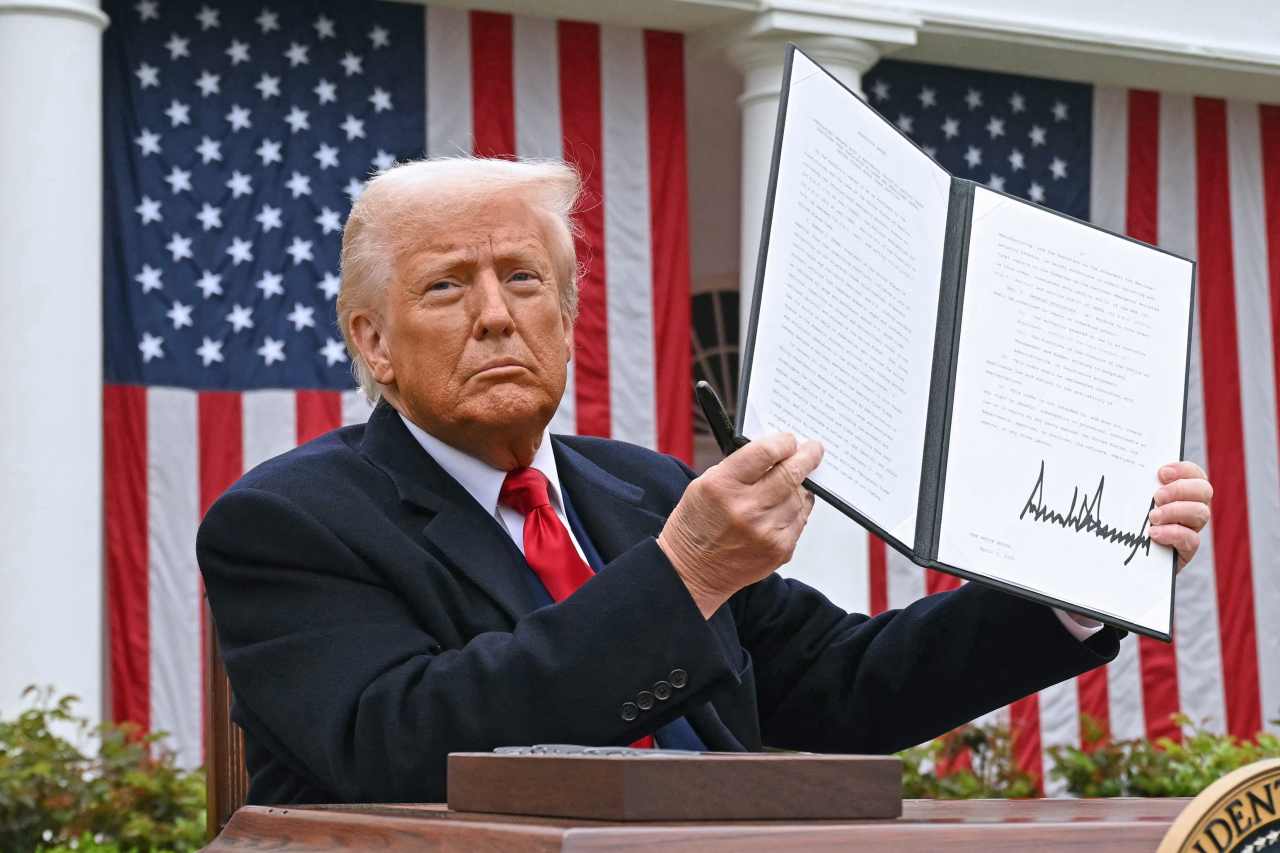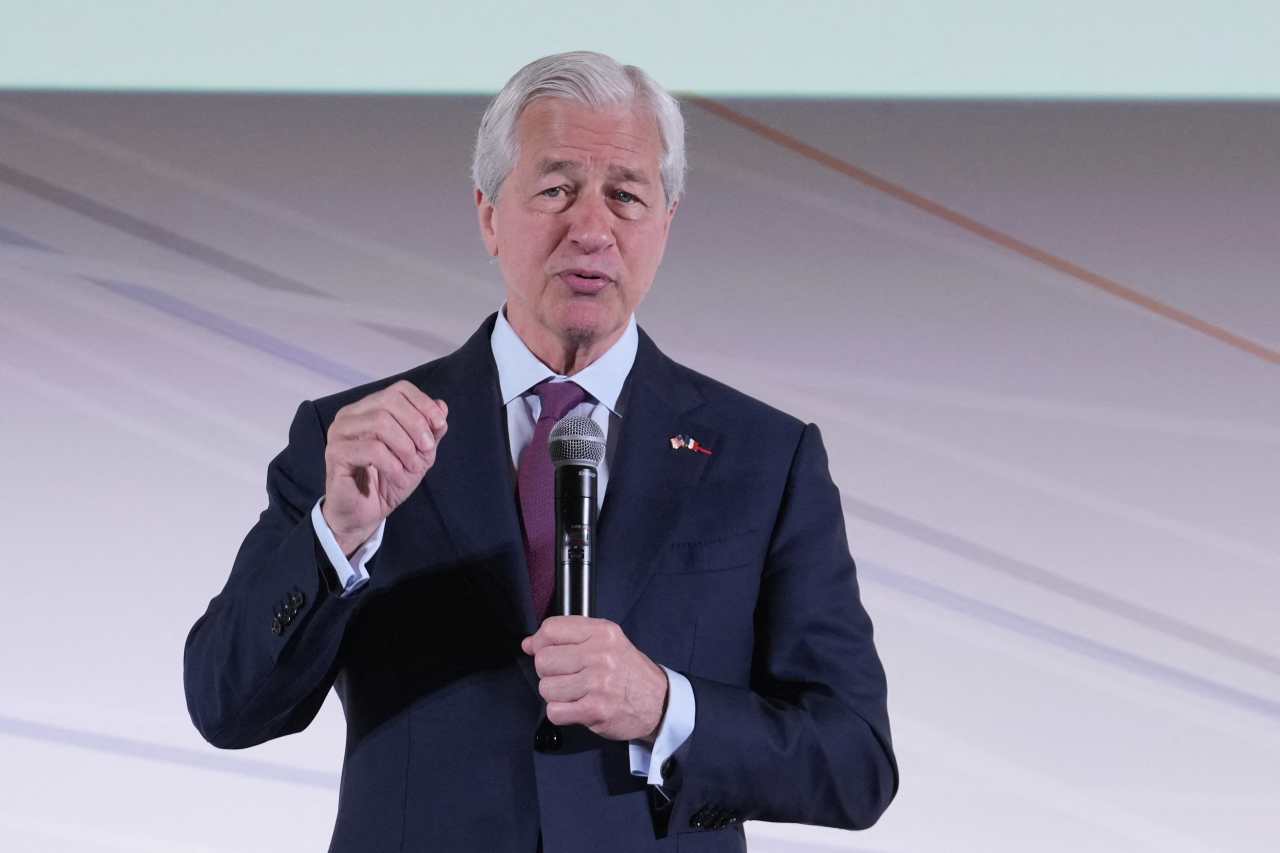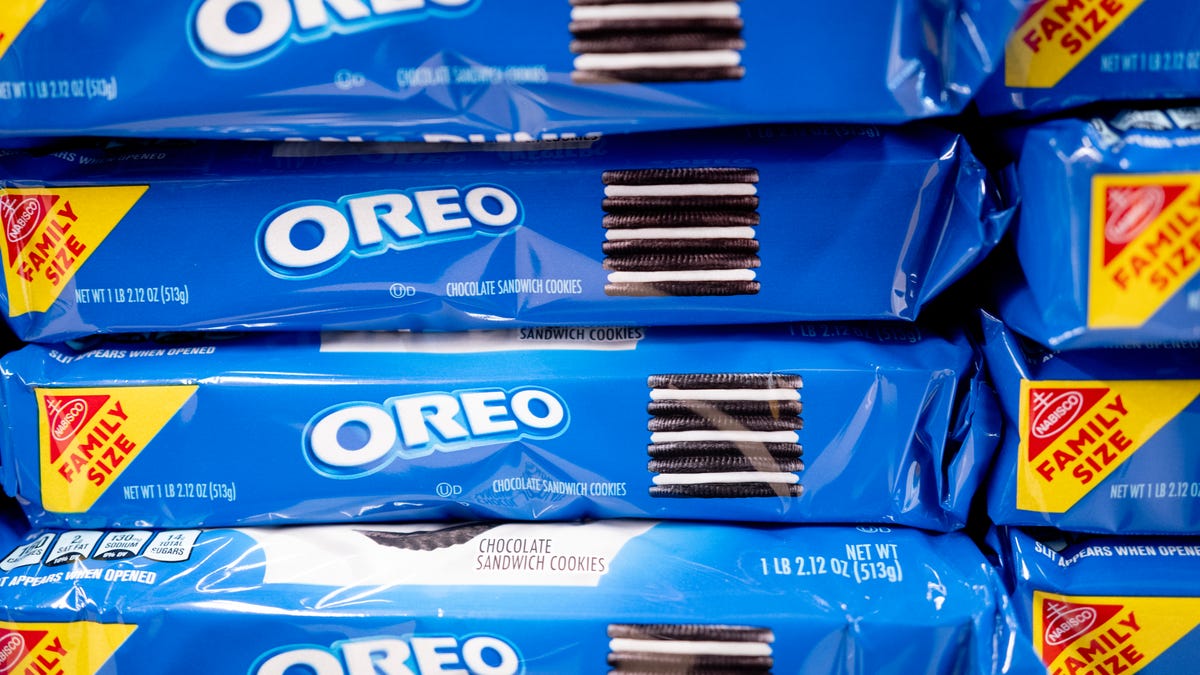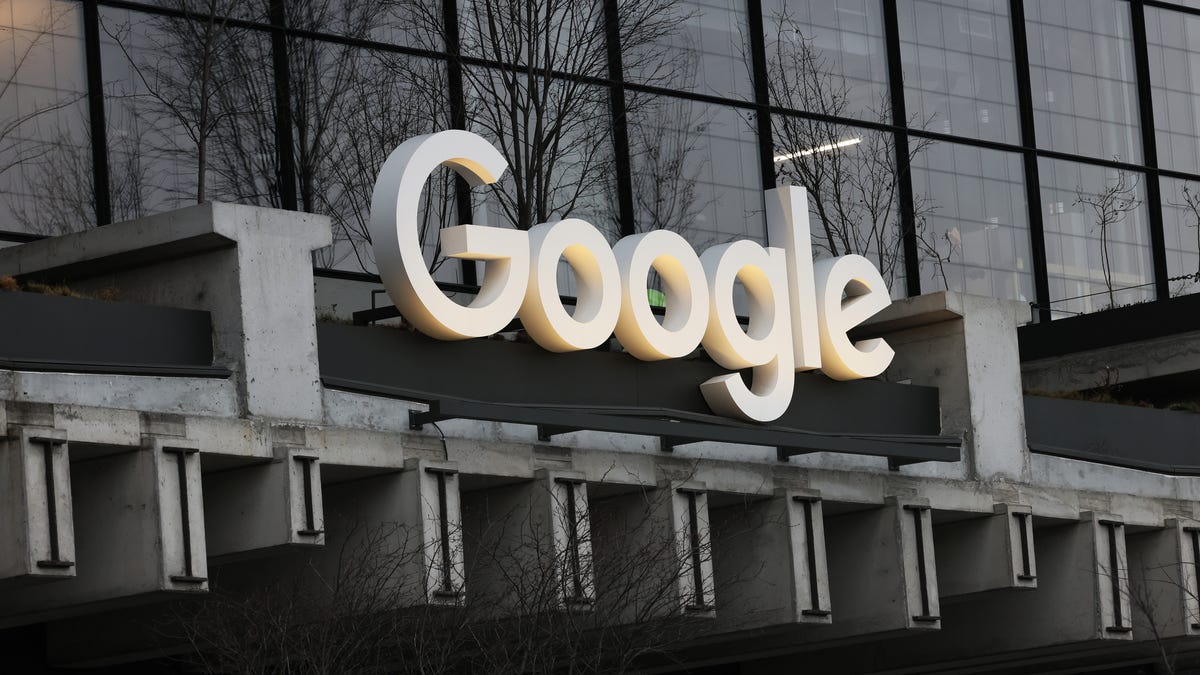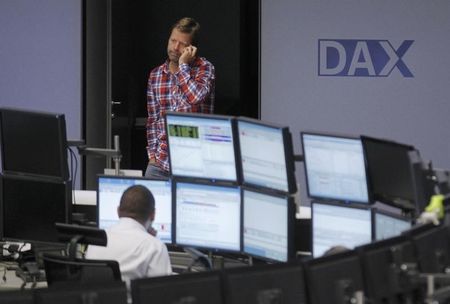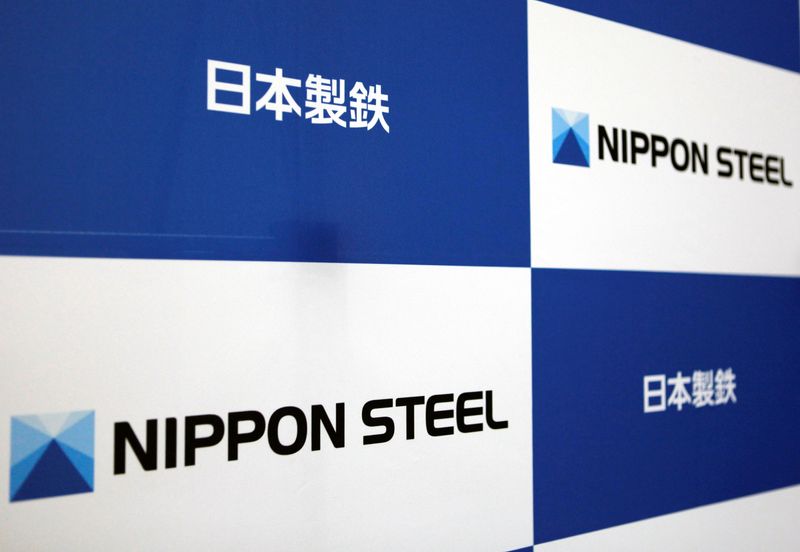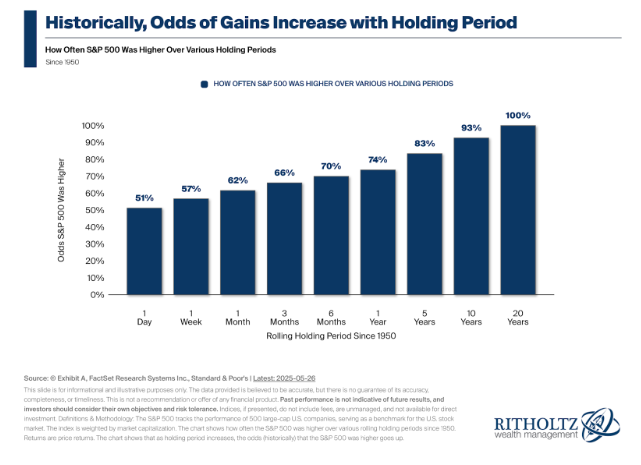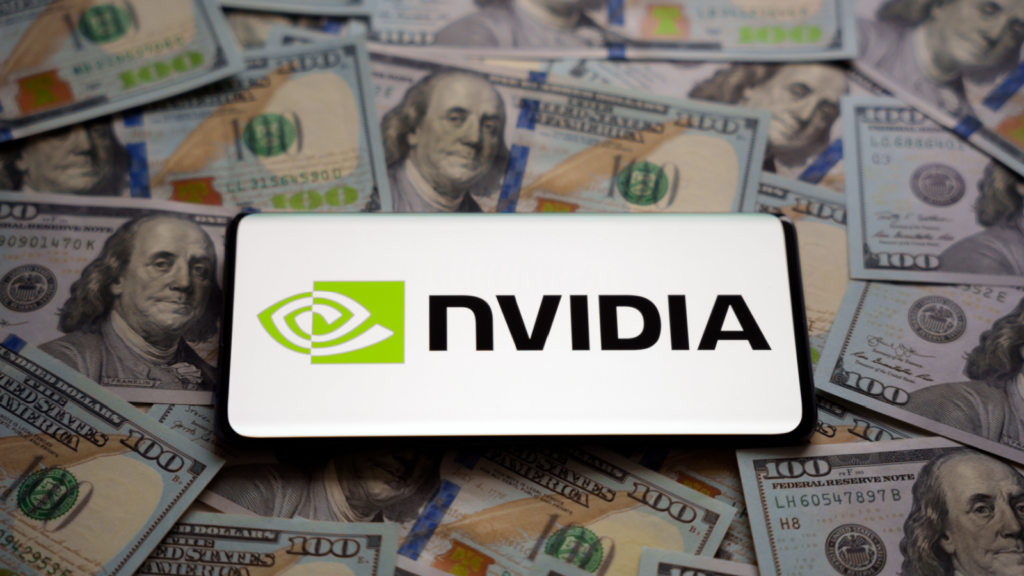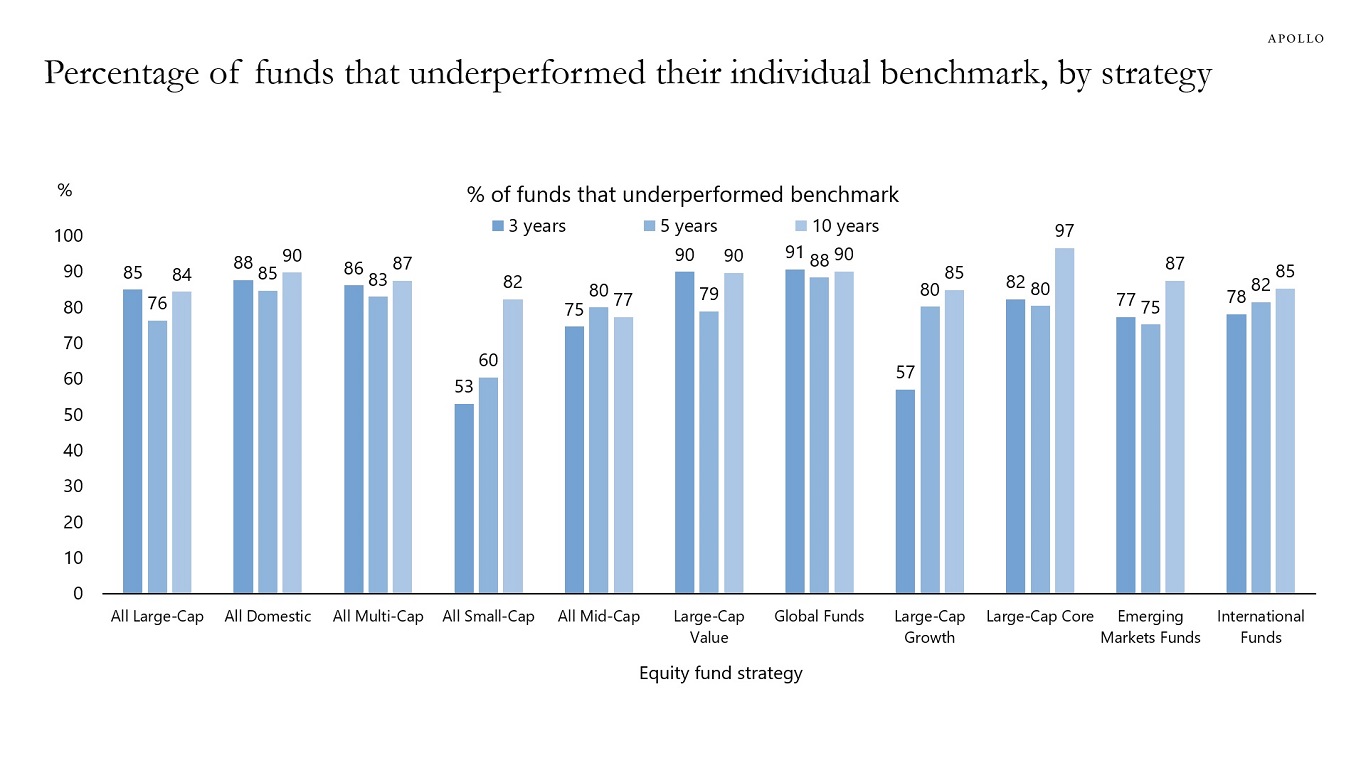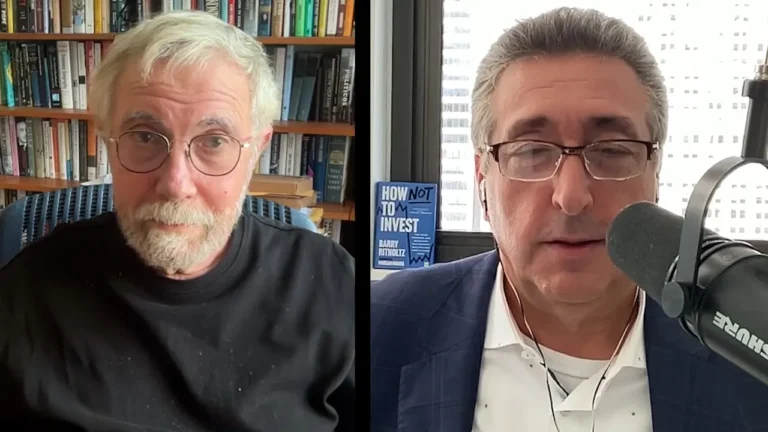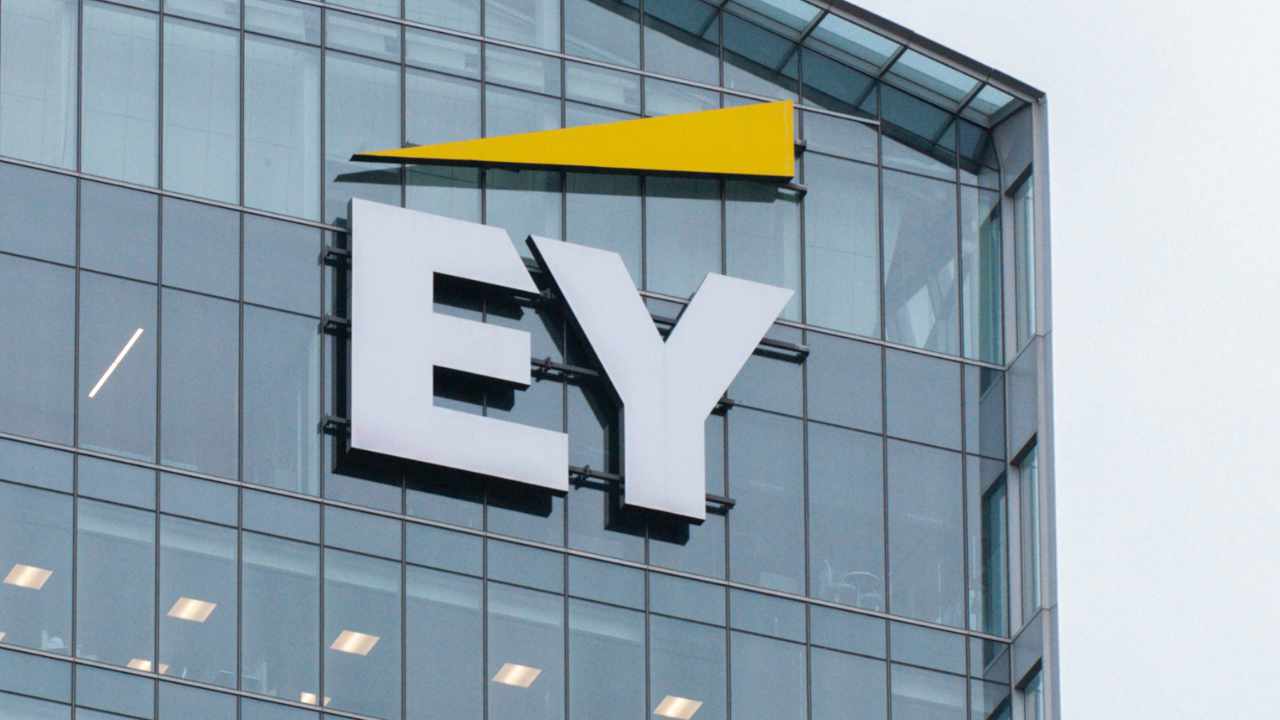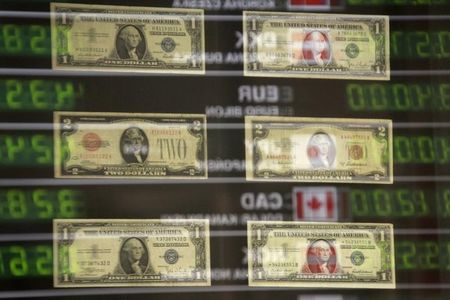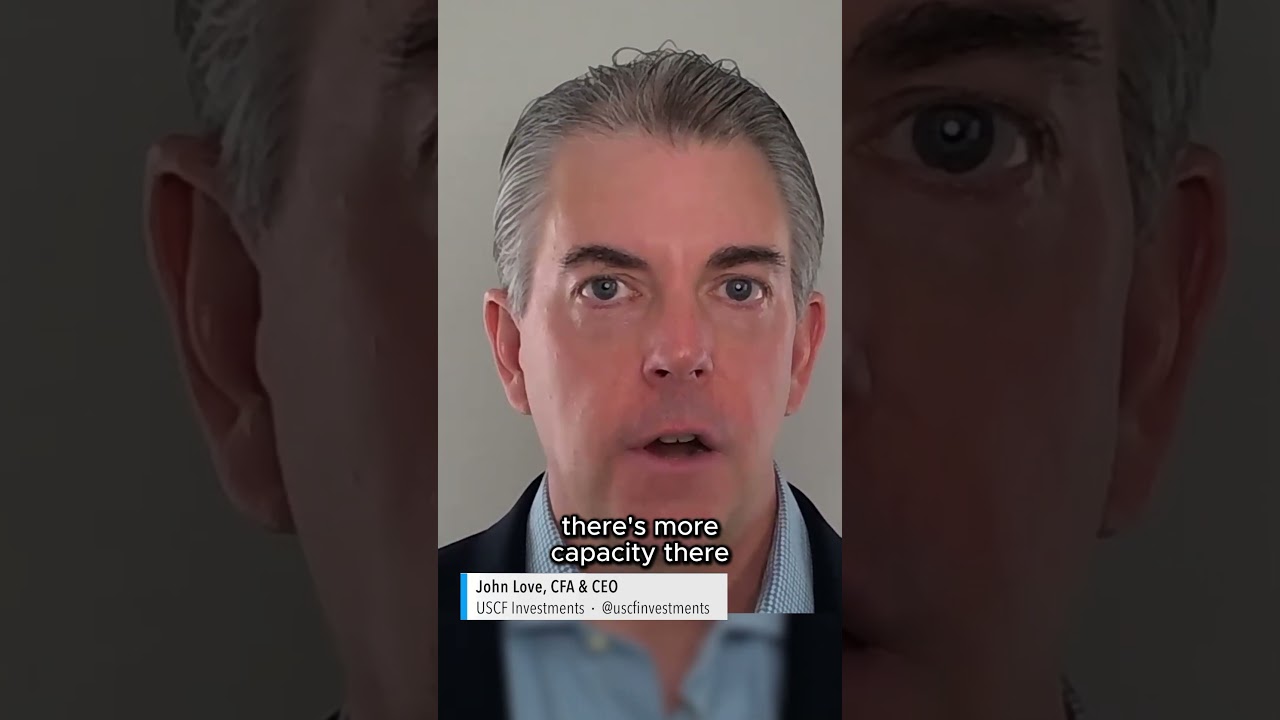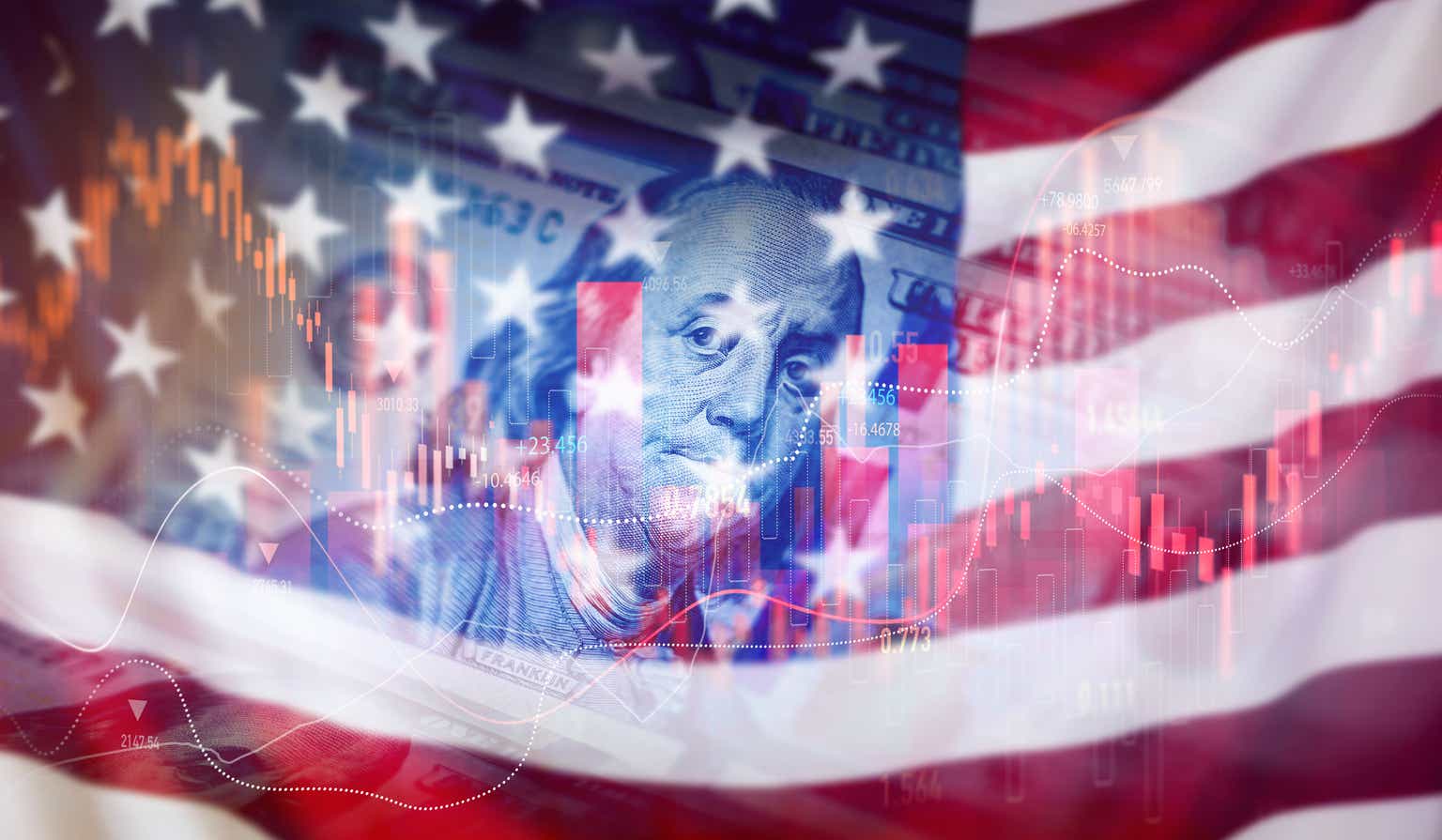Nvidia drives AI boom forward despite Trump-era tariff headwinds: Wedbush analysts
The company is managing to navigate a volatile macro environment marked by shifting trade policy.

Good morning. Nvidia remains the bellwether for the artificial intelligence trade, but its latest quarterly results reflect both the company’s continued dominance and the mounting headwinds it faces from export restrictions and margin pressures.
For the quarter ending on April 27, the chipmaker reported a 69% spike in revenue from a year ago, reaching $44.1 billion—surpassing Wall Street’s projection of $43.2 billion. This surge was powered by ongoing demand for Nvidia’s AI chips, which remain essential to the world’s largest tech companies as they race to build out AI infrastructure.
However, profits came in at $18.8 billion, down from $22 billion last quarter and missing the $19.5 billion mark analysts expected. Diluted earnings per share fell to $0.76 from $0.89 last quarter. Gross margins dipped to 60%. Last quarter, CFO Colette Kress said Nvidia expected its margins to start the year in the low 70% range as the company ramped up production of its next-generation Blackwell chips, Fortune reported.
The impact of new U.S. restrictions on AI chip sales to China was a major factor behind the margin pressure. Nvidia reported a $4.5 billion charge related to inventory and purchase obligations for its H20 chips, which are now restricted from the Chinese market.
“Losing access to the China AI accelerator market, which we believe will grow to nearly $50 billion, would have a material adverse impact on our business going forward and benefit our foreign competitors in China and worldwide,” Kress said on Wednesday’s earnings call.
Nvidia expects these export controls to result in a loss in H20 revenue of approximately $8 billion for the second quarter, she said. This comes after the company already incurred a $15 billion loss in sales from earlier rounds of restrictions.
Nvidia’s forecast for the current quarter is $45 billion in sales, Kress said. That’s slightly below Wall Street’s $46 billion projection. “We expect modest sequential growth across all of our platforms,” she said.
Nvidia and the AI revolution
Wedbush Securities analysts remain bullish on Nvidia’s prospects, highlighting growing demand from sovereign wealth funds and Middle Eastern buyers. “There is one chip in the world fueling the AI revolution and it’s Nvidia…That narrative is clear from these results and the positive commentary from [CEO] Jensen [Huang],” the analysts wrote in a Wednesday evening note. This is a very important guide for “the broader tech world and it shows the AI revolution is heading into its next gear of growth despite the Trump tariff war playing out,” the analysts noted.
Nvidia’s results remain a pivotal pacesetter for the broader tech sector, according to Natalie Hwang, founding managing partner of Aperia Capital. “This is a moment to further assess the durability of the AI thesis and how to position capital across a tech stack that’s rapidly converging,” Hwang told me in an email. “Whether you’re looking at semis, infrastructure, or applied AI, we believe Nvidia’s performance will influence how capital flows through the system as we navigate a more volatile macro environment marked by shifting trade policy and renewed tariff concerns.”
As Nvidia rolls out its next-generation Blackwell chips and navigates an increasingly complex global trade environment, its ability to maintain AI leadership will be closely watched by investors and the tech industry alike.
Sheryl Estrada
sheryl.estrada@fortune.com
This story was originally featured on Fortune.com















